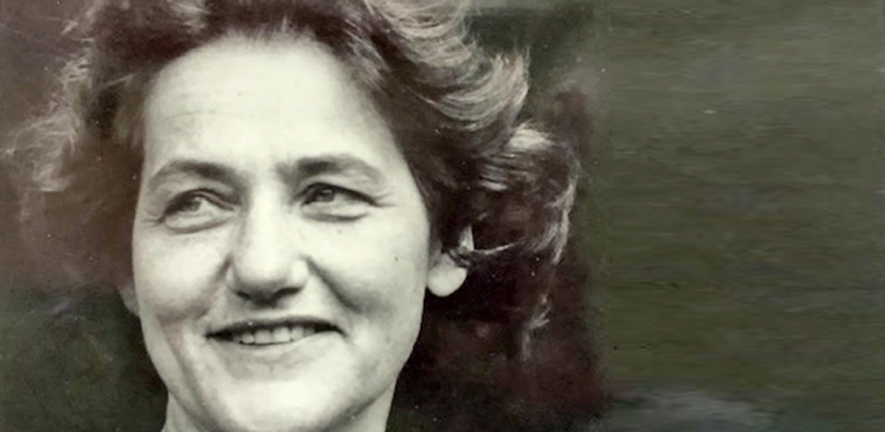
Kennard founded the Cambridge Structural Database (CSD) at the Department of Chemistry in 1962, and subsequently founded and became Director of the Cambridge Crystallographic Data Centre (CCDC) for over 30 years. The CCDC focuses on the structure determination of complex small molecules and is the world’s only current and comprehensive database of small molecule crystal structures.
The Ewald Prize is given by the International Union of Crystallography (IUCr) for outstanding contributions to the science of crystallography. The award particularly notes Kennard’s founding of the CSD “which as she early foresaw, has led to the discovery of new knowledge which transcends the results of individual experiment.”
In awarding the prize, which is presented once every three years, the IUCr stated:
“Olga Kennard is an expert crystallographer who used X-ray diffraction to investigate organic and biological molecules. In particular, her work extended our understanding of alternative structures of DNA. Olga is dedicated to the advancement of chemistry and crystallography for the public benefit.
“As founder of the CSD, Director of the Cambridge Crystallographic Data Centre (CCDC) over decades, and being involved in the founding of the Protein Data Bank (PDB), Olga Kennard has made a fundamental impact on the development of modern crystallography.
“Her own surveys using the CSD were fundamental in the development of crystal engineering, and are outstanding examples of the use of crystallographic databases as an essential tool for analysis and prediction.”
Kennard was born in Budapest, Hungary, and moved to England in 1939 two weeks before the outbreak of World War Two. Because her family valued education, she was well supported when she decided to try and get into one of the two women’s colleges in Cambridge. She says: “I was fortunate to be accepted at Newnham, or as my tutor told me later, managed to talk myself into college.”
After the war, Kennard worked as a research assistant to Max Perutz at the Cavendish Laboratory from 1944-48, and became a co-author of an early paper on haemoglobin. [Perutz later shared the 1962 Nobel Prize for Chemistry with John Kendrew for their studies of the structures of haemoglobin and myoglobin]. She was not permitted to try for a higher degree, and says: “I only became a respectable scientist much later with a Cambridge ScD. It was the only time in my career that I met discrimination as a woman.”
After working in London at the MRC RC Vision Research Union and National Institute for Medical Research, Kennard returned to Cambridge, where she joined the Department of Chemistry. She started the Chemical Crystallography group in the Department of Chemistry in 1962 and founded the CCDC in 1965.
Kennard says in her biography on the IUCr website: “As a working structural crystallographer I had a wonderful time solving increasingly complex structures as instrumentation and computing became more and more powerful, so that at the end of my time in the lab we were able to solve the structure of a fragment of DNA with a base-pair mismatch to 1 Å resolution!”
Kennard continues: “The CCDC was originally set up as the British contribution to an international effort aimed at preventing any one country acquiring a monopoly of scientific data.” She also notes that she helped set up the Protein Data Bank and influenced the founding of the Nucleic Acid Sequence Database, which she persuaded the European Molecular Biology Organization to embark on.
Kennard was elected a Fellow of the Royal Society in 1987 and awarded an OBE in 1988 “for services to Scientific Research on the Structure of Biological Molecules".
The Royal Society created the Olga Kennard Research Fellowship in Crystallography in recognition of her work, which funds young researchers for up to five years for research in Crystallography or structural molecular biology.
Kennard writes in her biography: “I am now in my late 90s, an avid user of the internet and enjoying the power of computing. I am too old alas to keep up with new publications but I can still appreciate, from the sidelines, the enormous expansion of scientific knowledge and mourn the fact that it is not being made full use of to ensure the future viability of our planet and civilization.
And I am enormously grateful for this, totally unexpected, recognition – through the Ewald Prize – of both my own work and the contribution of the many scientists who collaborated with me over many years.”
See our article in Chem@Cam Winter 2015 (Issue 52, page 7) on the 50th anniversary of the Cambridge Structural Database.

